The plant, the plant (from the Latin Buxus) is a slowly growing tree, which is an evergreen representative of the shrub family of the Samshites. Around the world there are only 100 species. The habitat of a beautiful representative of Flora is the territory of West Indies, the eastern part of Asia and the state of the Mediterranean region. The exotic name "Buksus" was taken from the ancient Greek people, which communicated to the language unknown then. Our planet has three regions of the spread of a beautiful plant: African continent, the Central American part and the Euro-Asian border.
Sugit is a bright representative of ornamental plants, which is grown both in pots and in the gardens of summer houses, lovers of beautiful design in the yard. In the regions where a pretty warm and mild climate prevails, this tree is an excellent material for the formation of a living hedge. The picturesque view of the formed and trimmed bush is harmoniously combined with a green lawn and a flowering garden. Bonsay specialist is very often resorted to the natural beauty of this plant. This is due to the fact that Buxus feels comfortable in a small capacity, fruitfully eats and possesses small leaves that are easily trimmed with garden tools.
Biological description of the plant
Sugit has opposite, all-round, leathery, elliptical and round form of leaves. Such a variety is explained by a large number of varieties. Flowers have a fragrant smell, small size and stubby inflorescences. The fruit is represented by a special box, which in time cracks and smears the seeds along the surface of the Earth. The plant is a honey, but the bee product can not be used by a person. After all, all parts of the plant are in their composition poisonous elements. Landscape designers prefer an evergreen bush due to the beauty of the crown, the gloss of leaves and good tolerability of the formative trimming. Sugit home is quite unpretentious in maintenance and is a shadowed plant.
Suggest landing and features of the stages
What period should we plant a plant?
Folk wisdom reads: "Flowers, bushes and trees that bloom in spring should be planted in the autumn period. And vice versa". Thus, planting the self-sew should from mid-September and to the first decade of October. This is due to the fact that before the occurrence of strong cold, the root system should grow and reliably cling to the Earth. Although some experienced gardeners prefer to disseminate plants in the spring and even in the summer. The best place will be a plot that has a shady space, moistened soil and clay-lime-lime components. After all, the bright sun may damage the leaves of the Samshat in a short period of time.
Rules of high-quality landing of evergreen bush
Extraction of the plant from the earth container should occur quite neatly. For this, gardeners water seedlings with water per day before disembarking. Roots should be a little late in water so that the vital needy fluid entered the male. The size of the pit should be three times more parameters of the earth coma. The surface of the recess is lined with special drainage. For this, it is used perlite, which is poured up to 2-3 cm. Ahead of the earth. Resection of the roots makes it possible to prevent close wearing the roots and qualitatively form air cavities in the pit. After filling in the deepening, the sapling should be watered with rainwater (at a height of a plant, 20 cm requires 3 liters of water). After sorting of soil, an insignificant amount of soil without mechanical seal is additionally made. The plant bar must be in the most evenly and vertical position. Around the sump (diameter up to 40 cm) is formed a small shaft from the ground. This will allow quality watering with water and special feeding. The priority area is recommended to fall asleep 2 cm layer of perlit.
Sugit care. Stages of agronomic cultivation
How to grow self-sufficiency?
It is practically no harmonious to grow self-sewing at home. An unbelieving person to adhere to the basic rules will help conventional logical arguments and basic knowledge in horticulture. After the planting process, you need to pour a plant in seven days. This is done if atmospheric precipitates will not be observed. The proportion is as follows: 20 l per 1 m of the height of the bush. The best time for watering: morning and evening. Also in early May, the mulching of the priority circle of Samsit is made. For this, the peat is involved, which forms a B5 cm layer. Mulch should not have contact with the roots of the plant and its barrel.
Systematic feeding - this is an effective means of caring for the samshet. The first fertilizer is carried out approximately 30 days after plant landing in an open ground. The root system should firmly entrenched in the soil. The phase of active growth of the Samsit is a whole range of activities for making as mineral fertilizers and productive organics. The autumn period is favorable to attract such elements such as potassium and phosphorus. Nitrogenous substances are not needed for this period of the year.
Secrets of transplant
The grinding process is made in spring. This allows the plant to be reliably rooted and reliable to prepare for winter. It is enough to adhere to one strict rule. The transplant of adult plants is made with an earthen room. Thus, injury to the root system will be minimized. The transplant is based on the same principles that are involved in the primary landing of the Samsit.
Features haircuts
April and May are the best months for pruning the plant. The advantage of evergreen bush is the real possibility of forming a beautiful geometric shape. Experienced gardeners often form cubes, cones and balls from this unpretentious plant. There is a likelihood of grinding the samshet in the form of a strambered tree. It remains only the central escape. Secondary branching are completely removed. Thus, young branches at the top of the central strain have a rounded shape. The initial haircut of the plant will be the most painstaking. Subsequent maintenance of contours will not take a large amount of time. The thing is that Samshat grows not too quickly. The adjustment of the shape of the bush is based on the principles of removal of young gains. The more often the cutting process is being carried out, the point will be the plant itself. Qualified landscape design specialists recommend trigging the bush crown at least once a month. But it should be remembered that the correction of the form should be carried out with parallel irrigation and high-quality feeding. This approach effectively restores all the loss of nutrients due to the elimination of leaves. 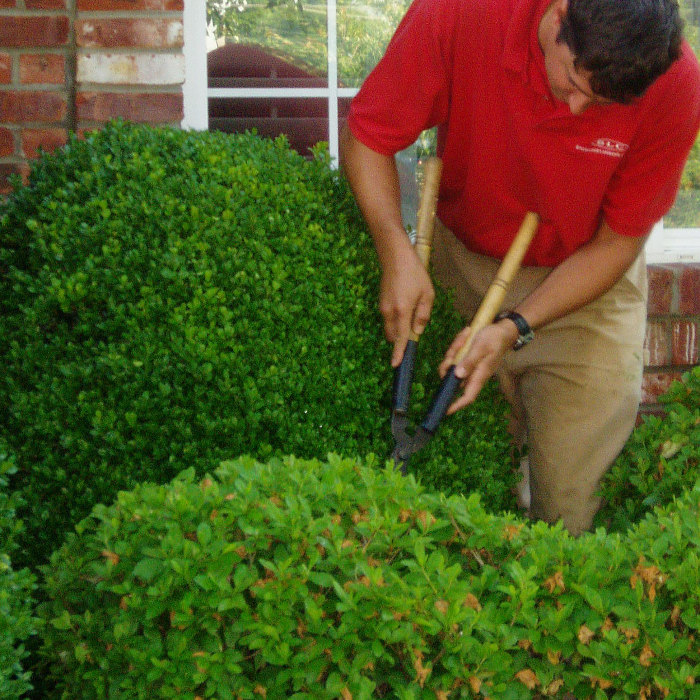
Protection against pests and diseases
Samsheta, like other plants, there are enemies and diseases that can easily destroy it. Consider them in detail.
- Sugal gallicle. This is a mugh-like insect, which puts eggs in the first decade of the summer season. The most suitable place for this is young leaves, which are located at the ends of the shoots. The derived larvae easily penetrate the leaf fabric and superbly carry the wintering. In the May thaw, the pupae are perfectly converted into adult insects. The massive settlement of such pests on the plant can lead to a drying of all leaves and their further fallout. What to do gardery to effectively cope with such a "leprosy"? The most optimal option will be the involvement of productive drugs: Aktara, Fufanon, carbofos and Tagore. Primary spraying may not bring the necessary effect. In this case, you will need to repeat the processing in ten days. The aforementioned insecticides are quite qualitatively affected by the felt. The activity of the Cherwell can cause the bloating of the leaves and wilts most of the shoots of the Samsit. You can also add a paustic tick in the company of harmful insects, which manifests its activities in a dry period. All these parasites are easily eliminated by the drugs mentioned. Suggite pests may in a short period of time can completely destroy the plant. Therefore, it is not worth tightening with agronomic events.
- Necrosis shoots Samsit. This pathological process is accompanied by the graze of finite parts of the branches and the appearance of a large number of spots on the leaves. Panacea from the disease will be the use of fungicides that need to be applied repeatedly. A more complex shape of the lesion is cancer. In this case, the affected areas must be removed from the plants up to the level of healthy wood. An formed wound must be carefully treated with Fundazole. Samsite diseases can evolve and produce resistance to chemicals.
Basic rules for the reproduction of Samsit
Sugite reproduction in most cases is carried out in a vegetative way, but sometimes gardeners will apply a seed method. The main inconvenience of seeding lies in the poor germanity of the material. To implement such an intention, you will need to comply with a certain number of rules.
Growing from seeds
Ripe seeds need to soak 24 hours in warm water, which is divorced by a special growth stimulator. Epin and zircon suitable for this. After that, the sowing material is neatly laid out between wet napkins in order to obtain white sprouts. Activity is observed in a month. In the absence of "punishing" agronomists, it is recommended to place seeds on the bottom of the refrigerator. After that, the material is located in the warm room.
The soil must be represented by two equal parts of peat and sand. White sprouts are placed deep into this mixture and tightly covered with a plastic film. For 2 weeks, green "High Suices" should occur. The seedlings system is represented by fade by weak consistency and regular moisture. The landing in the ground occurs only after the plant is strengthened, and freezes will disappear on the street.
Sugit cuttings can be multiplied?
The shyness of the samshet in the spring period is the most optimal and common variant of the breeding of evergreen bush. The raw source for this option will be young shoots (10-15 cm), which did not take wood bark. The cutting of the cuttings is carried out at an acute angle. Bottom leaves must be removed without fail. The branch of the plant is recommended to soak by 20-30 hours in a special solution of the rooting agent. The soil for landing of Samsit is required to prepare in advance. Its composition is represented in equal parts: compost, humid, leafy land and sand. The substrate should be sufficiently light and nutritious. After all this, the cutting is placed in the soil and on top covered with a plastic cap (5-liter baccaglas with a cut-off day). Watering and venting into the samshet is carried out through the opening of the bottle lid. About a month later, the process of forming the root system of the plant begins. In the very first winter, the decorative tree needs to be litter, otherwise Buxus will just perish.
How to propagate the most successful? Some gardeners determine the plant with cuttings at the autumn time. Thus, the landing is made in pots. Otherwise, bushes will disappear even when shelter. The optimal temperature for finding is 10 ºC.
Splitting of the samshet grade
An alternative option for vegetative reproduction of the plant will be the use of chain. Their formation occurs in the spring. The shoots of the bush are flex to the ground and carefully cheer. All summer season should be water and feed. After reliable rooting and active growth of the chain, a further landing in the parisader occurs. Sugit seedlings are a reliable way to increase the number of decorative plants. 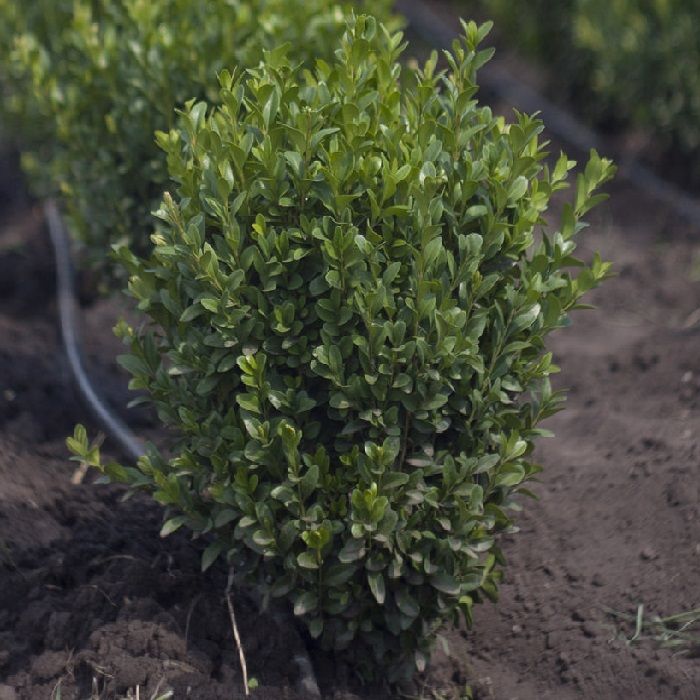
Varieties and types. Sugit photo
The woodshet tree has attractive garden forms that are very often used in landscape design. Consider all cultural representatives.
Escape Evergreen (Buxus Sempervirens)
The plant has an area of \u200b\u200bdistribution in the Mediterranean and Caucasus. Mixed and deciduous forests are becoming an optimal place for decorative bush. The thick shadow and wet passes create a favorable microclimate for wood (maximum height of 15 meters). Here you can meet shrubs. Buxus Sempervirens has straight and tetal shoots. The leaves of the representative of the flora have a pretty bright glow of a dark green color. Elliptic form can reach sizes up to 3 cm length. Gunny inflorescences are formed from small one-sex flowers. The box in the shape of a ball contains seeds for breeding. The plant is completely poisonous and not suitable for use. The varietal classification is as follows:
- Suffruticosis is a small shrub (up to 1 meter) with egg-shaped leaves (up to 2 cm) and small flowers. From it, there are excellent hedges and borders;
- Buluer Heinz is a low bush with rigid escapes and leathery leaves. The grade is widely used in the formation of ornaments and perfectly transfers winter frosts;
- "Elegance" is a ball shrub with a dense crown (height up to 1m). Thick shoots and motley leaves form a beautiful white kaym. The plant is resistant to long droughts. and grade Samsita
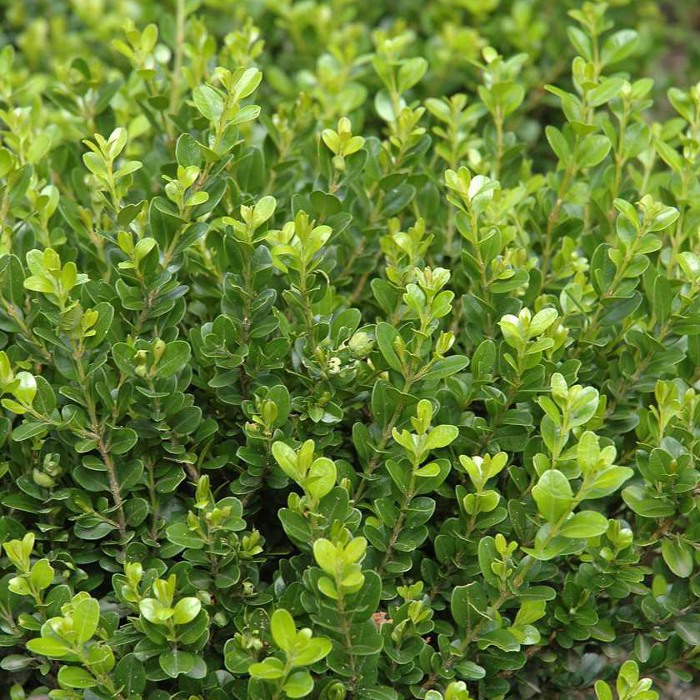
Sugit Mescollar (Buxus Microphylla).
This plant is quite sensitive to frost. Buxus Microphylla is a Korean or Japanese descendant of the Samshites. Distinguish several types of varieties:
- "Winter Jam" is a frost-resistant grade that has a dense form for creating topium objects. The plant is excellent to carry the process of trimming and quickly enters the phase of active growth (up to 1.5 meters);
- Falkner is a compact evergreen shrub, which is ideal for creating a shape of a ball.
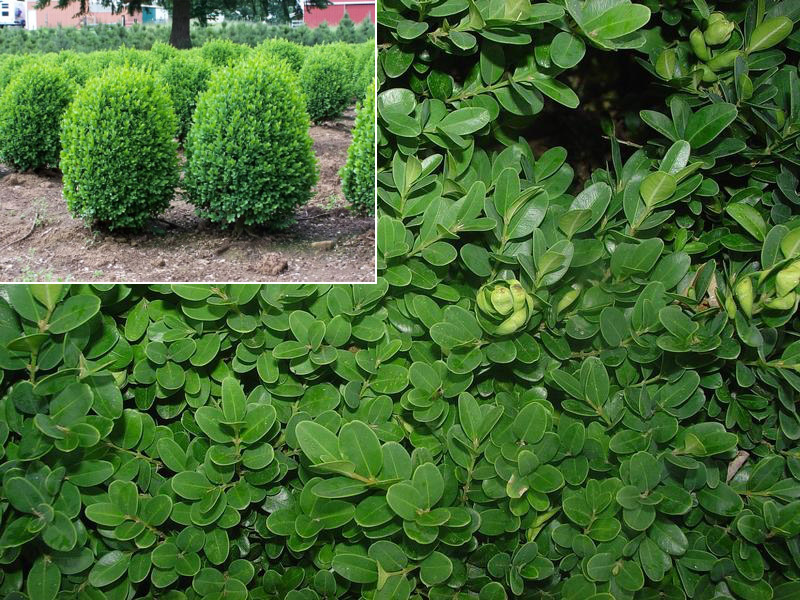
Samshat Kolchidsky, or Caucasian (Buxus Colchica)
The plant has the smallest leaves compared with all kinds, and has a high level of resistance to freezers. Sugit can live to 600 years at sizes of 15-20 meters of height and barrel diameter of about 30 cm.
Samshat Balearica (Buxus Balearica)
The plant borrows its name from the expanses of the Bolear Islands. The area of \u200b\u200bevergreen representative of flora extends to the provinces of Spain, Portugal and the North Morocco. This is the biggest form, the sheet of which can reach the length and width of 3.4 cm, respectively. Sugit grows rather quickly and has high decorative qualities, but completely does not tolerate frost.
There are also other species that successfully cultivate in the conditions of our climatic zone, but so far they are found in our gardens very rarely. In general, it seems to buy real connoisseurs of beauty in their yard. Landscape designers often refer to the help of a beautiful plant. Even in the ancient times, Samshat used often in the design of the imperial gardens and parks. It was with this purpose that a variety of varieties were cultivated: dwarf and brave. More detailed and visual information on this plant can be obtained if you see the Ladvded Video. Here will be disclosed all the finest secrets for the care of evergreen tree. 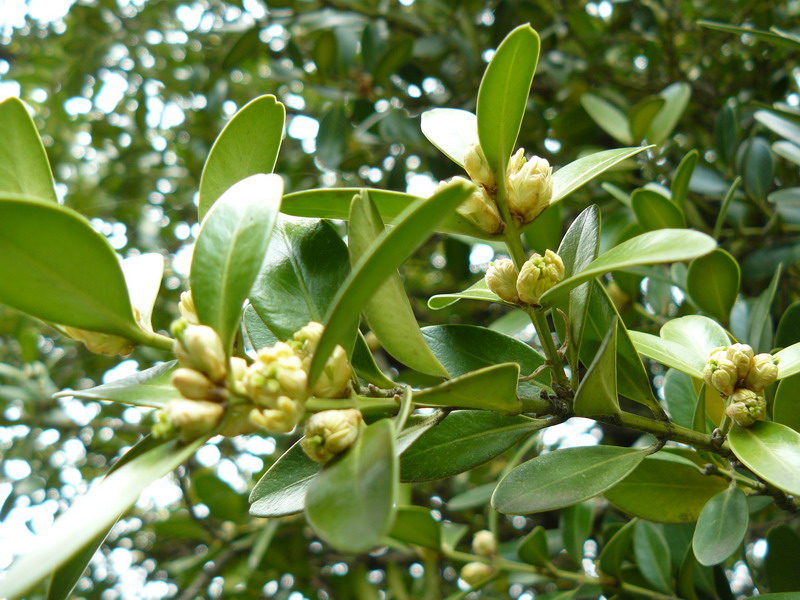

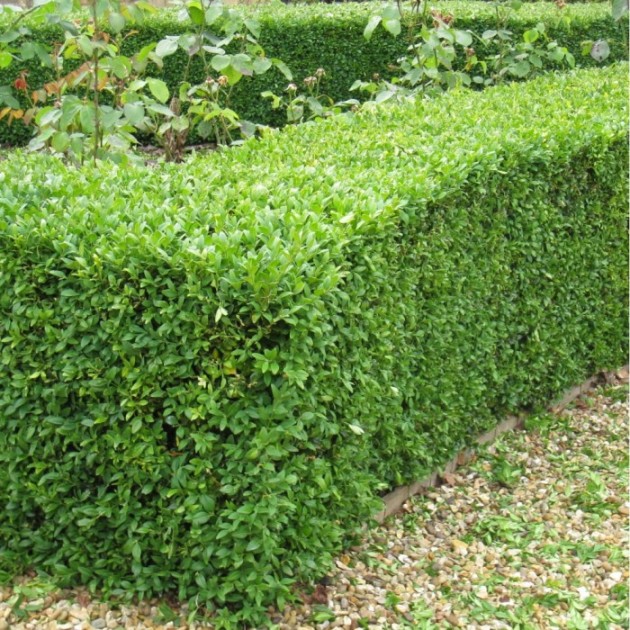
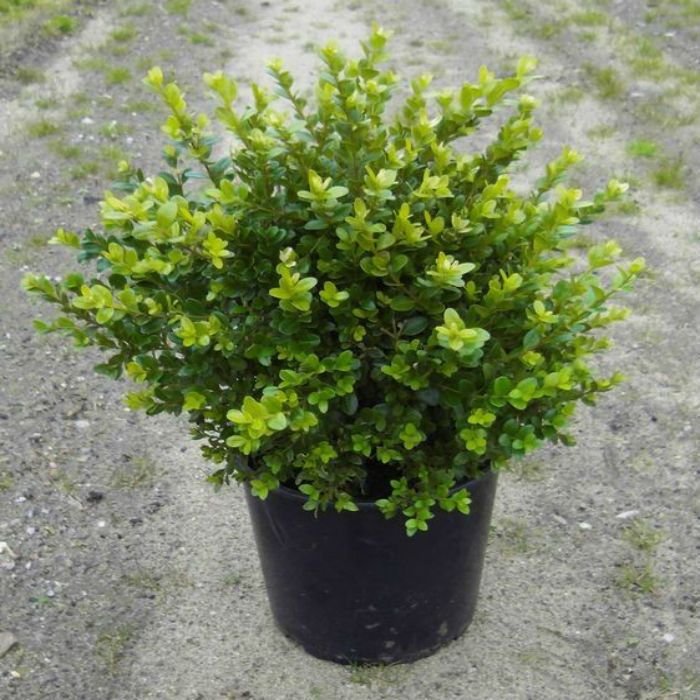
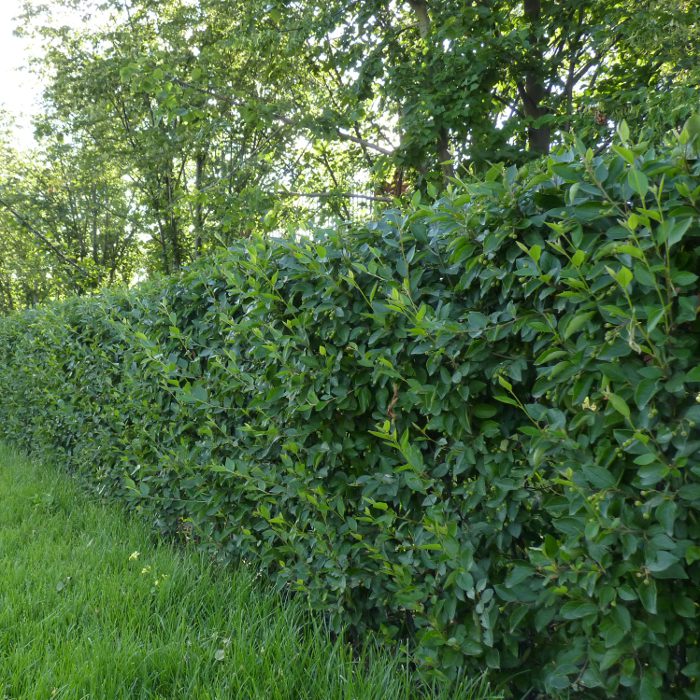
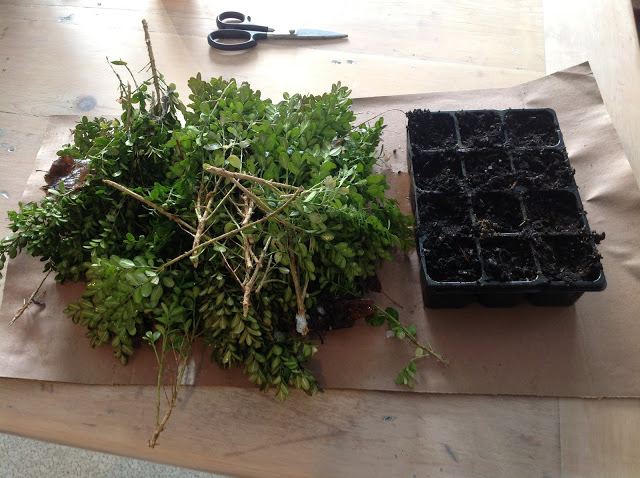
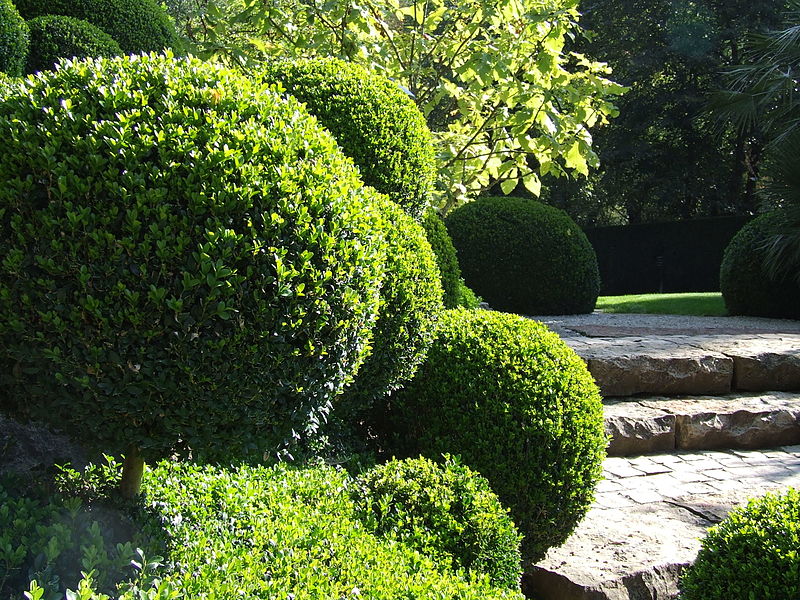

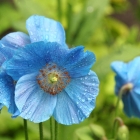
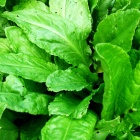
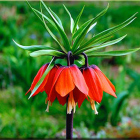
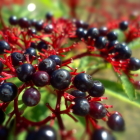



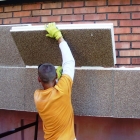


 Start a discussion ...
Start a discussion ...